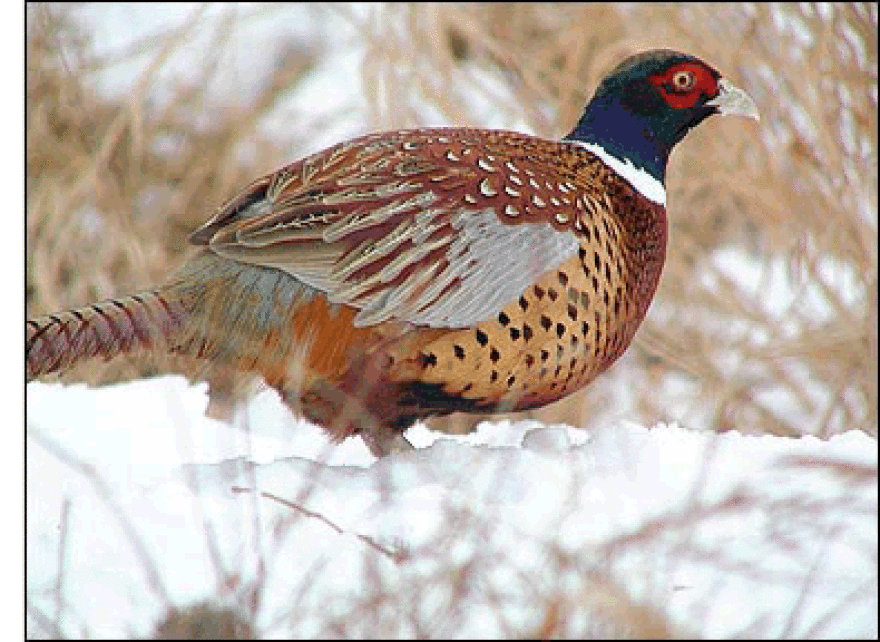A long, brutal winter has caused damage across the plains. Freezing temperatures and heavy snowfall have left a variety of wildlife species without food or shelter.
It's been an “all hands-on-deck effort” to prevent wildlife from eating livestock feed, according to Emmett Keyser, regional supervisor for South Dakota Game, Fish and Parks.
Keyser said the state has a number of programs to support wildlife and landowners. One program helps prevent animals from getting into livestock feed, building what’s called a stackyard.
“That program has been in effect probably since the mid-1990s and has put a lot of permanent stackyards out on the landscape especially out in the western portion of South Dakota,” said Keyser.
Another option creates a less permanent and portable barriers around livestock feed. Steel panels protect ground hay and corn sources. Keyser said that program is a popular one. Netting can also be used to protect food sources.
Keyser said another approach is when the state purchases feed from local farmers to lure wildlife away from livestock acreage. These so-called short stop feeding sites essentially provide feed where large herds of deer migrate.
The deer adapt to harsh winter conditions by gathering together in large herds – sometimes 100 animals or more. Groups this size can cause a lot of property damage.
According to the GFP, so far this year more than 450 property owners have complained about damage to their acreage.
Deer are not the only wildlife affected by a harsh winter, according to Trent Walrod, a wildlife biologist with Pheasants Forever.
“Fortunately we did have those mild winters the last few years that helped us get back ahead with the pheasant population and the last few springs have been really good for nesting time of year and this one of the better years we had for pheasant season," said Walrod. "We had a good population going into winter unfortunately it is probably cut down a little bit, but yeah, there is not doubt that this winter is affecting pheasant populations and wildlife populations.”
This winter’s heavy snow accumulation will likely prove detrimental to most wildlife.
Deep snow has covered habitat and food supply for months. That means animals have spent more energy digging for food instead of keeping themselves warm.
Some farmers and ranchers throw out extra feed for wildlife on the surface of the snowpack. But, feeding the wildlife isn’t sustainable.
SDSU wildlife specialist Pete Bauman said he appreciates farmers who help by working with and feeding wildlife. However, he said grassland cover is the most important way to keep wildlife alive during the winter.
“Retaining these standing grasslands is hugely important for all wildlife. The snow comes in, it doesn’t pack as hard, it doesn’t freeze the ground nearly as bad. There is just a lot of ecological processes going on with a snow-covered grassland that are maybe not as obvious to the naked eye or to the casual observer, but there is a lot of life that can make it and survive in a good high quality standing grassland going into winter,” said Bauman.
Bauman also pointed to species that are often forgotten in the winter months but can be affected by heavy snowfall. When ice and snow cover the surface of lakes, fish don’t get the sunlight or oxygen they need.
With the length of this year’s winter, wildlife biologists won’t know the impact of the season on various species, until spring thaw.


